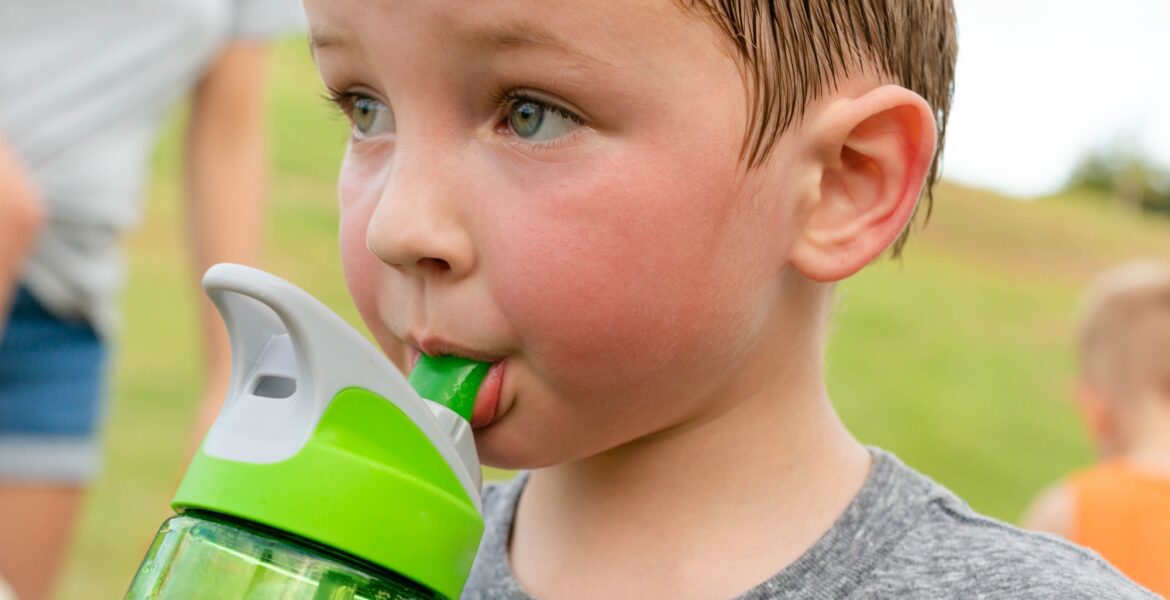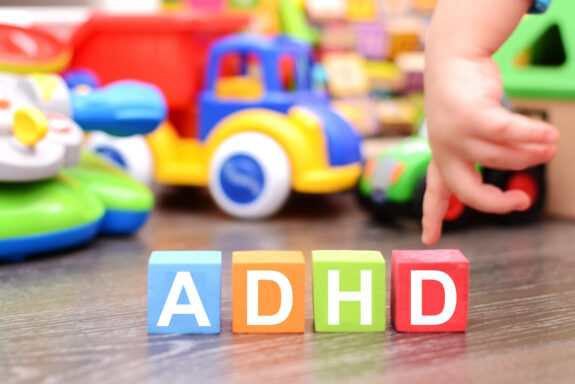
Enjoy summer safely! Learning to recognize signs of heat-related illnesses can be lifesaving. Our pediatric urgent care guide below will help you understand the difference and when to seek kid urgent care:
Heat Exhaustion: Common symptoms of heat exhaustion that we see at our pediatric urgent care include heavy sweating, cool and moist skin, and a sense of weakness or fatigue. A child experiencing heat exhaustion might also feel dizzy or lightheaded, and they could suffer from nausea or vomiting. Additionally, headaches and muscle cramps, especially in the legs or abdomen, are red flags that the body is struggling with the heat. If you suspect someone is suffering from heat exhaustion, immediate action is necessary:
- Start by moving them to a cooler place, away from direct sunlight.
- Encourage them to drink water.
- To help lower their body temperature, apply cool, wet cloths to their skin and use a fan if available.
- Continuously monitor their condition, and if symptoms do not improve, seek medical assistance quickly.
Heat Stroke: Heat stroke is a life-threatening condition that requires immediate medical attention. It occurs when the body’s temperature regulation fails, often due to prolonged exposure to high temperatures or strenuous physical activity in the heat. Key symptoms include an extremely high body temperature, hot and dry skin, indicating the body’s sweating mechanism has failed. A rapid pulse and difficulty breathing are also common. As heat stroke progresses, it can cause confusion or disorientation, and in severe cases, may lead to seizures or a loss of consciousness. If you encounter someone showing signs of heat stroke, it’s critical to act quickly:
- Call 911 immediately. While waiting for emergency services, move the person to a cooler environment.
- Rapidly cooling their body is crucial, so apply cold packs to the neck, armpits, and groin, or immerse them in cool water if possible.
- Continue to monitor their vital signs closely until help arrives.
Urgent Care Pediatrics Prevention Tips
- Stay hydrated with water throughout the day. Pack lots of water bottles and hydrating snacks such as watermelon and cucumbers!
- Schedule outdoor activities during cooler hours, typically between 7 AM and 10 AM or after 5 PM, to ensure a more comfortable and safer experience.
- Dress in lightweight, loose-fitting clothing.
- Take frequent breaks in shaded or air-conditioned areas.
If you notice symptoms of heat exhaustion or heat stroke in your child and are concerned about their health, don’t hesitate to visit your doctor or our urgent care pediatrics clinics. Our expert team is ready to provide immediate care and ensure your child’s well-being, and we have locations in Dallas, Fort Worth, San Antonio, and New Braunfels. Understanding these conditions and taking proactive steps can make a significant difference in preventing serious complications during hot weather. Stay informed, stay cool, and prioritize your child’s safety this summer! Contact us today or visit our pediatric urgent care locations today.



